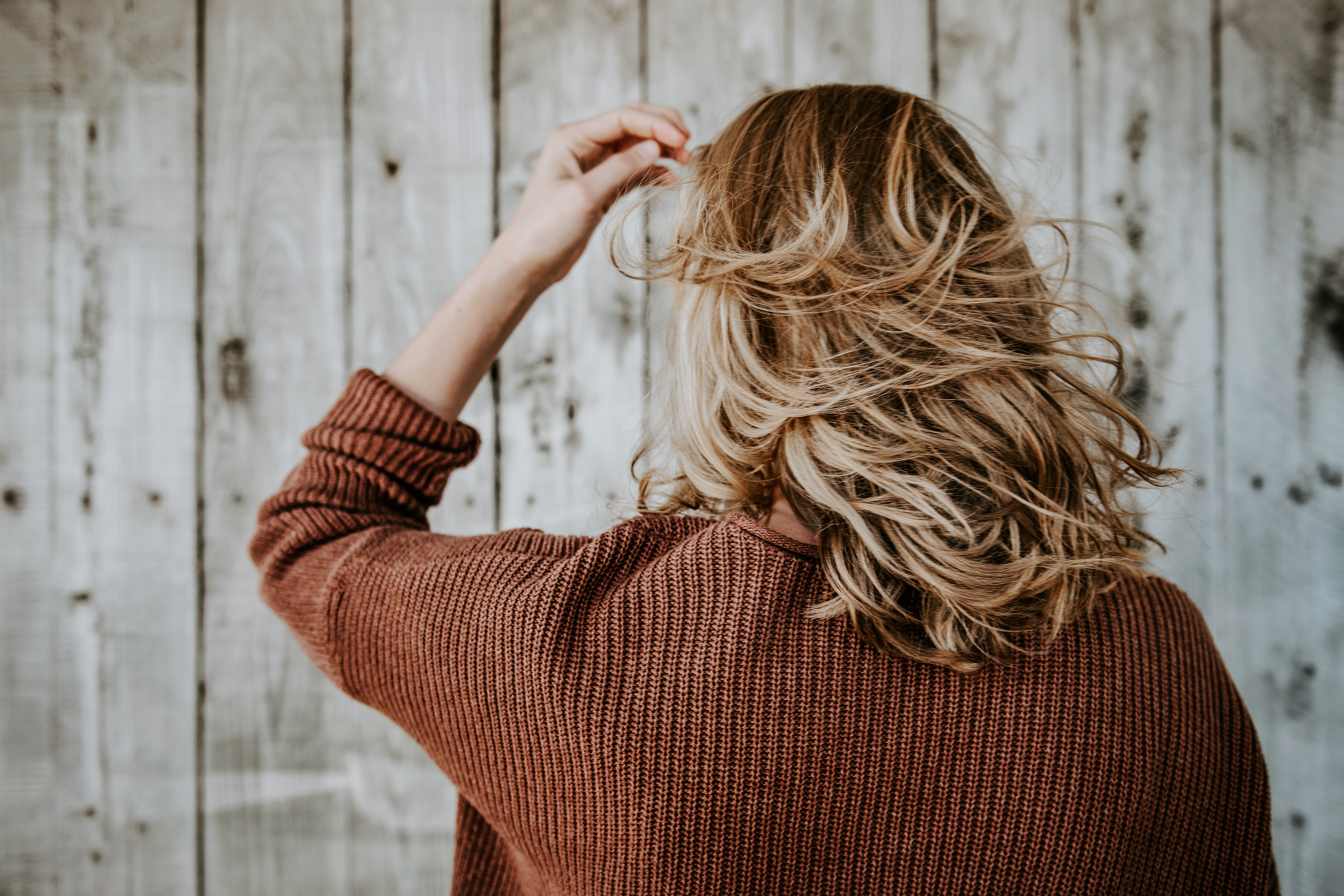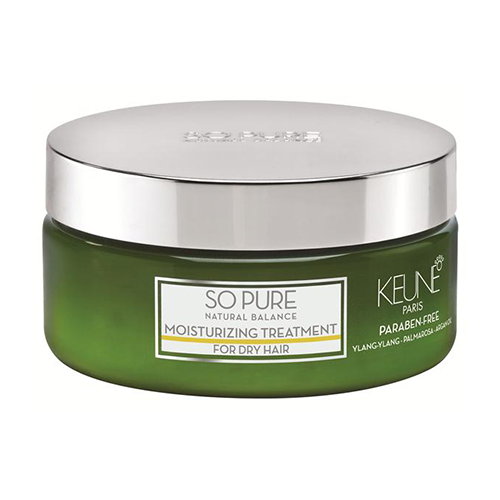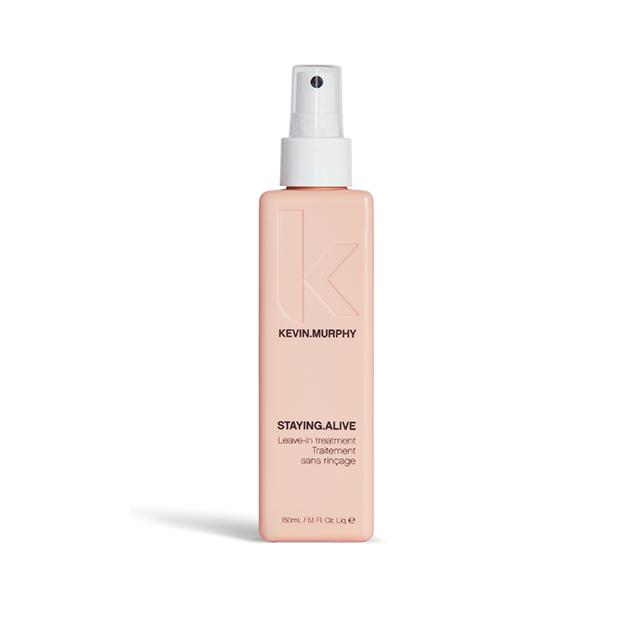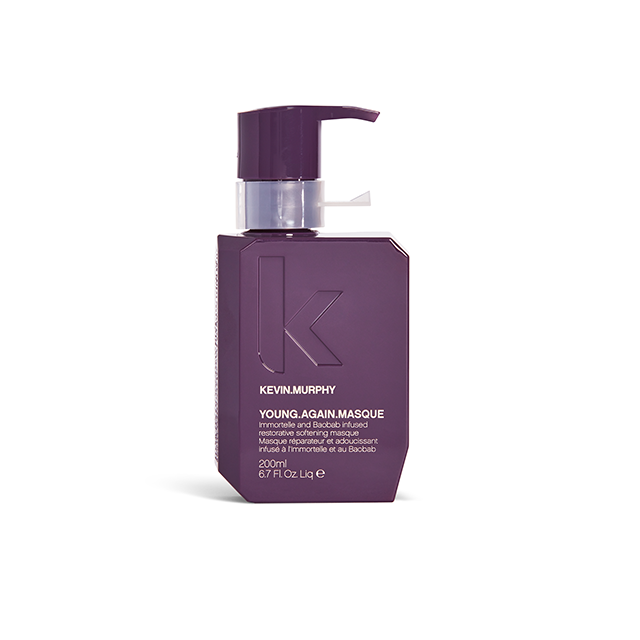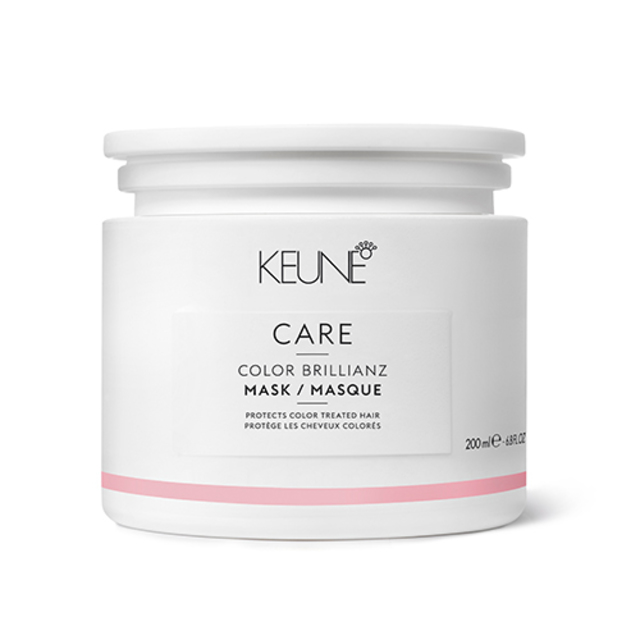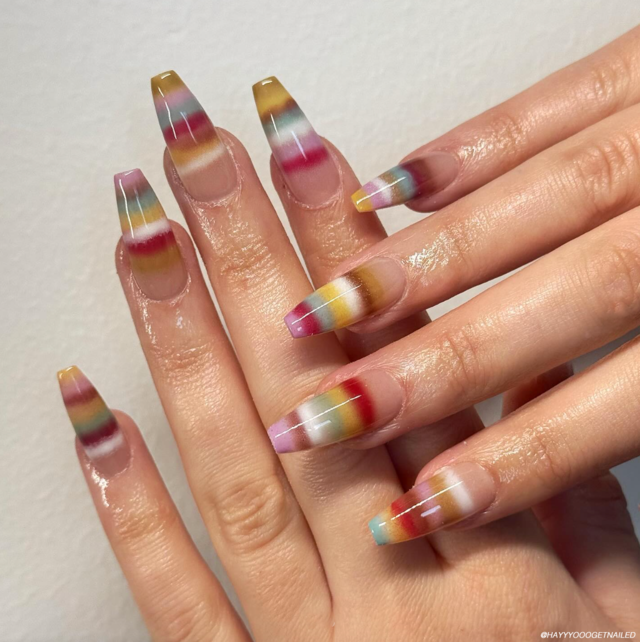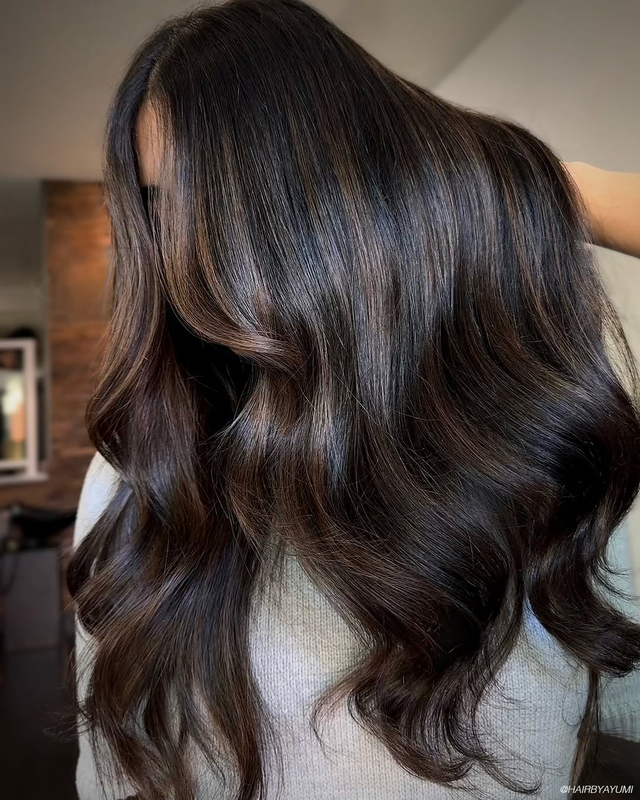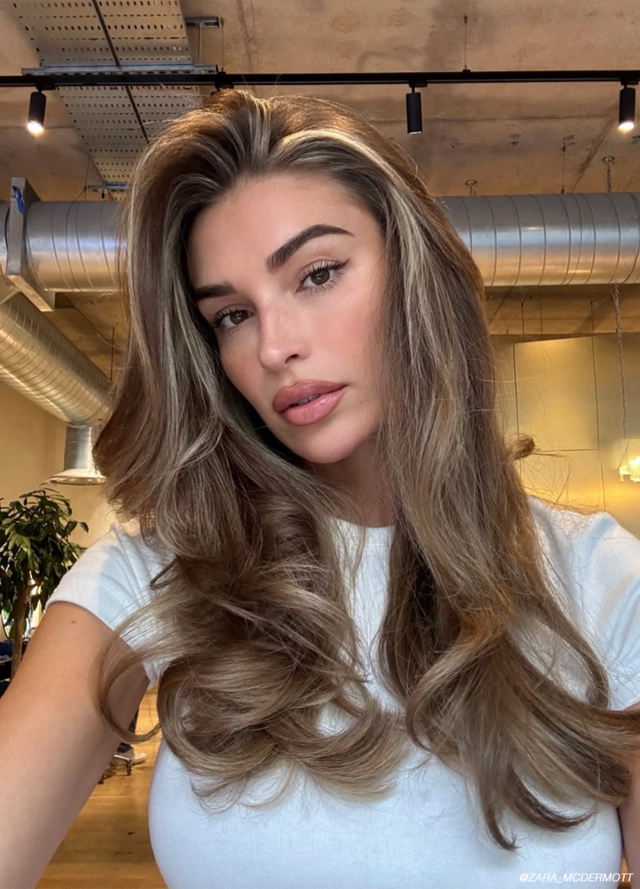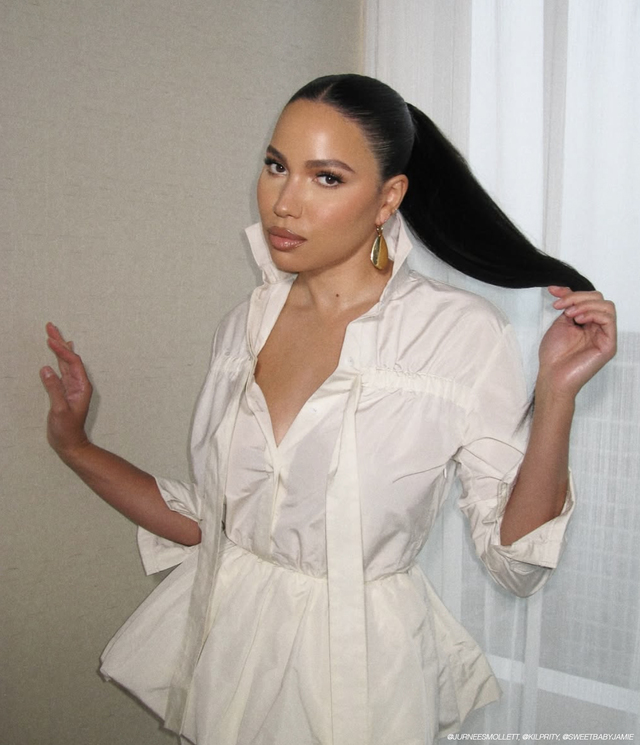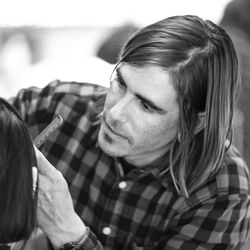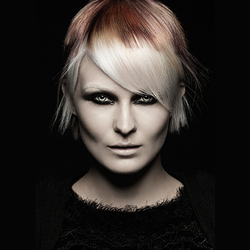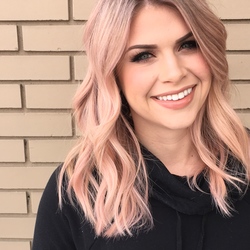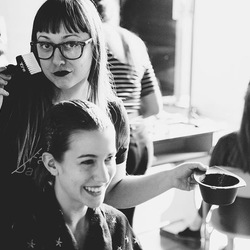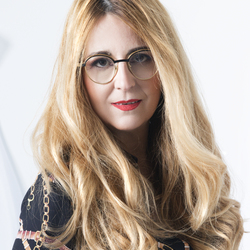Been there, done that. At some point in our hair color history, hairstylists and clients alike have all taken the plunge and done some sort of at-home hair attempt. For some it began with sun-in by the pool or kool-aid ends with friends, for others, it was that college box color rebellion. No matter your goal or your medium of choice we’ve all had a momentary lapse where we thought ‘I could totally do that myself’. Mine was at 18 with fabric scissors, a box of blue-black hair dye, and a bowl of quick blue bleach resulting in a two-toned hair color that was...memorable.
Let’s go over some common misconceptions associated with at-home hair color:
It wasn’t a permanent dye!
In the hair world, we break up colors into a few categories. Permanent refers to the color that shifts the natural melanin (underlying colors) in the hair. Think: any time you have gone lighter, covered grey, or done a color significantly different from your natural. These colors typically use ammonia or a substitute (we’ll get to that later) and a higher level developer (the peroxide we mix with color). Semi and Demi-permanent are often used interchangeably and usually refer to colors that coat the hair but don’t necessarily change the natural pigment. These are usually colors that are more translucent, cannot make you lighter, and do not cover grey. They often have low- or no- ammonia and are mixed with lower levels of developer. However, if your hair is fine, dry, or previously colored, those Semi and Demi colors can dive deep into your hair strand and cling on. This action basically transforms them and can make the colors last much longer than expected and seem darker in areas that were drier. In the end, no matter whether a color is permanent, semi, demi, or temporary - once you color your hair fragments of those pigments will always live in your strands and your hair will no longer be ‘virgin hair’.
It said ‘ammonia-free’!
If we think of hair color as a car, ammonia is our engine and developer is our gas. All permanent color is mixed with developer and has some type of chemical agent that ‘drives’ the color molecule into the hair. Basically, the job of ammonia is to make your hair more alkaline (higher on the pH scale) so the strands open up and let the color in. Then, at the salon, we use balancing products to bring your hair's PH back down leaving shiny and locking in the color. At home, ammonia-free or not, it is not likely that you are balancing the pH of your hair. Most ‘ammonia-free’ products use alternative chemicals that work in the exact same way to open your hair’s cuticle. This means that even the ‘most gentle’ permanent color can leave your hair feeling dry and damaged.
It didn’t look orange on the box!
For the sake of clarity - no one on a box of hair color sold at the supermarket actually got their hair done with the color in that box. Now, as much as we all wish false advertising was illegal it currently is not so it is in our hands to be super sleuths and approach products with an inquisitive mind. Many, many things come into play when formulating your ideal hair color. From your natural pigment, your amount of grey, your daily hair care habits, your previous color history all the way to your end goal. The box of color, or the individual tubes purchased online, cannot factor all of those elements in. Even as stylists we have swatch books with gorgeous samples of what colors look like, but those colors are not one size fits all and are only an example.
Well, I did it. Now what?
Here is the thing, you may like it but the important thing to remember if you don’t is: we’ve all been there. Whether it be due to budget or boredom as your hairstylist we will accept you back with open arms and a solution for whatever oops may have come your way. Until you can get in our chair, put down the color, and give your hair some love with some of our favorite treatments:
Keune So Pure Moisturizing Treatment
KEVIN.MURPHY YOUNG.AGAIN.MASQUE
